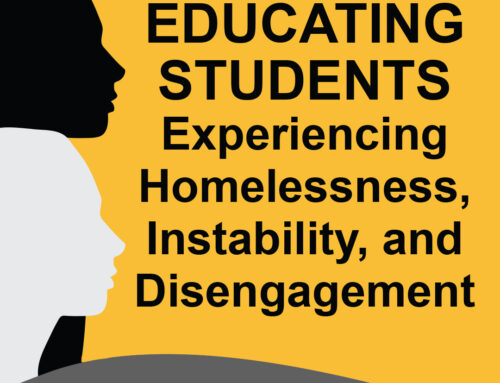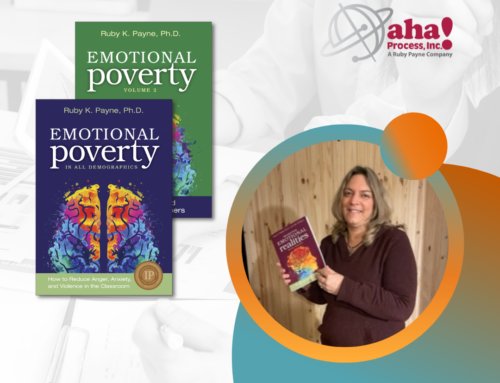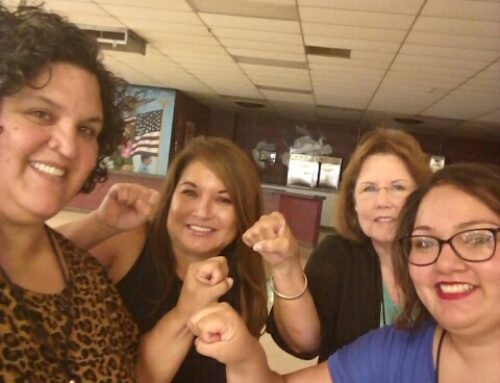I was so excited and nervous a couple of summers ago when I knew I would have two speech-challenged students in class in the fall. Knowing they had already learned Tucker Signing Strategies from our resource teacher and from their first-grade classroom teacher, I knew I needed to get on board in order to have the best educational impact. I ordered the DVD and started to teach myself. I learned, but it didn’t all make sense until today.
One of the boys was born with speech apraxia and was labeled mildly mentally impaired. He had some autistic tendencies as well. “Michael” understood everything I said to him and everything I asked him, and he would communicate as best he could. Like all relationships with children, trust was an issue, and it took some time for him to trust me. When he realized I knew the Tucker signs, it was one of the breakthroughs for him. He knew all his sounds, could read simple books, and could recognize words that I would write for him. Since he spoke mostly in consonants, I wrote out simple sentences about things he liked to do or things he would frequently ask of me. I printed them in a larger font and kept a copy on my desk, and he had one at his desk. When he wanted something, instead of blurting it out or causing a disturbance, he’d get out his list and sign and point to the task or request. It worked like a dream. After a couple of months, he got tired and frustrated with it, started to speak as best he could, and would ask me and sign what he wanted. Some of the signs were his made-up ones, but he usually started with the correct first sign for the word he wanted.
“David’s” speech was unintelligible. He knew what he was saying, but no one else did, and he was a chatterbox. At Christmas time he told me what he wanted and what activities his family was going to do around the holiday season. He used chi-muh for the word Christmas. He was confused by the ch that he saw in the word, so we worked on one sound at a time. He had no s sound—he’d drop those from words or substitute another sound. When he learned a new blend, he used that for all blends. The Tucker signs really helped him.
I have taught inclusion for nine years, and I am so happy to have this program. What a crazy great way to teach long and short vowels! I just completed my master’s in education, and my final project was a huge undertaking to discover if there is a correlation between poor-quality handwriting and inadequate hand strength. Understanding the intense amount of work that goes into such a project makes me deeply grateful to Dr. Tucker for such a unique and fun program to help kids learn.
By Jana Wanner
After Jana Wanner’s three sons were in school, she decided to go back to get her elementary education degree. Twenty years after her college-aged degree, she realized that goal, then received her master’s three years ago. She has taught for 13 years in first, second, and now fourth grade at Bluffton-Harrison Elementary in Indiana. For 11 of those 13 years she taught in inclusion classrooms using Tucker Signing Strategies, which she found to be a wonderful tool for the many learning modalities in her classes.

![IMG_0033[1]](https://www.ahaprocess.com/blog/wp-content/uploads/2012/02/IMG_00331-300x225.jpg)







